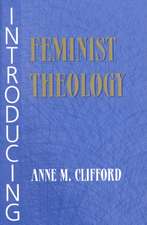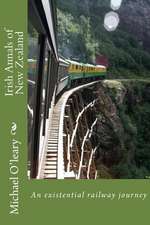Wednesday's Women
Autor Michael O'Learyen Limba Engleză Paperback
Preț: 45.95 lei
Nou
Puncte Express: 69
Preț estimativ în valută:
8.79€ • 9.10$ • 7.43£
8.79€ • 9.10$ • 7.43£
Carte disponibilă
Livrare economică 13-27 februarie
Preluare comenzi: 021 569.72.76
Specificații
ISBN-13: 9781869421632
ISBN-10: 1869421639
Pagini: 114
Dimensiuni: 152 x 229 x 6 mm
Greutate: 0.16 kg
Editura: Earl of Seacliff Art Workshop
ISBN-10: 1869421639
Pagini: 114
Dimensiuni: 152 x 229 x 6 mm
Greutate: 0.16 kg
Editura: Earl of Seacliff Art Workshop























